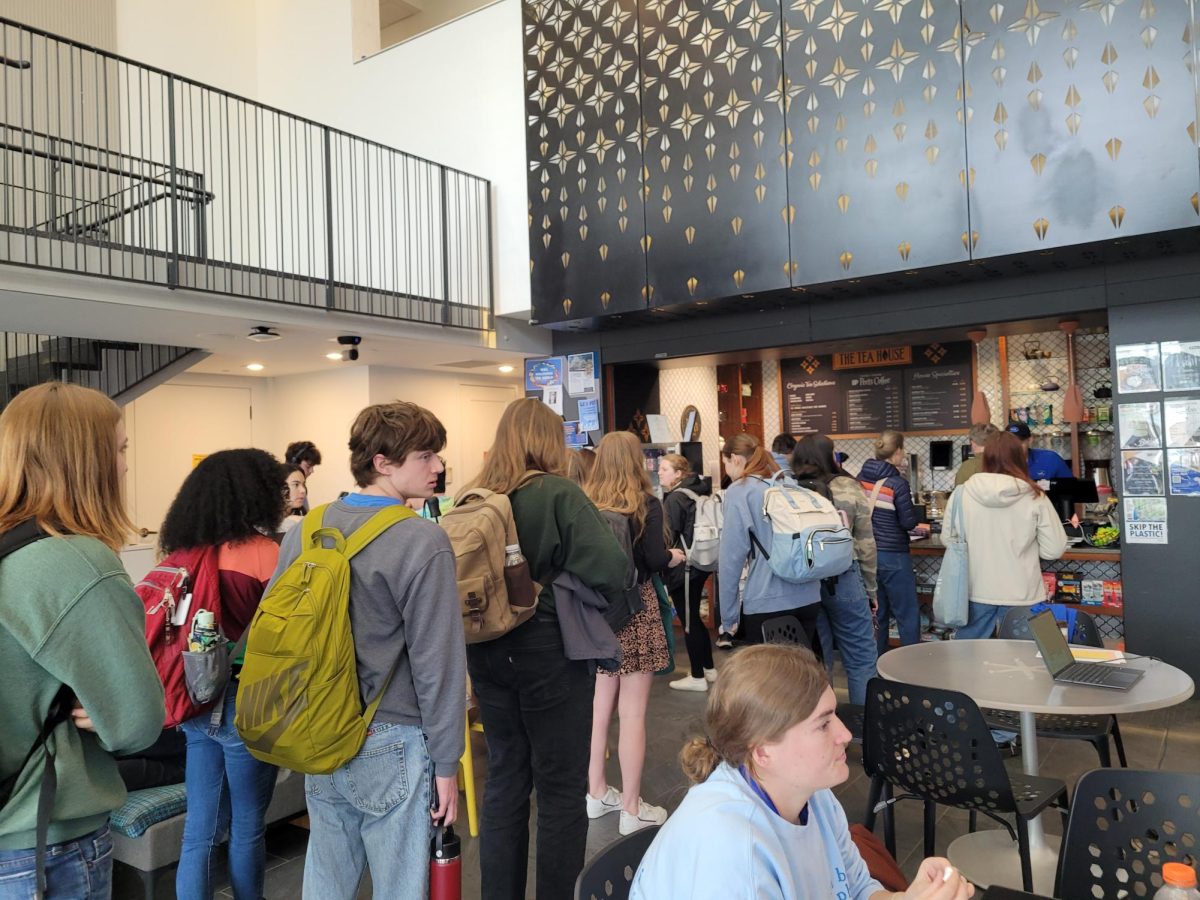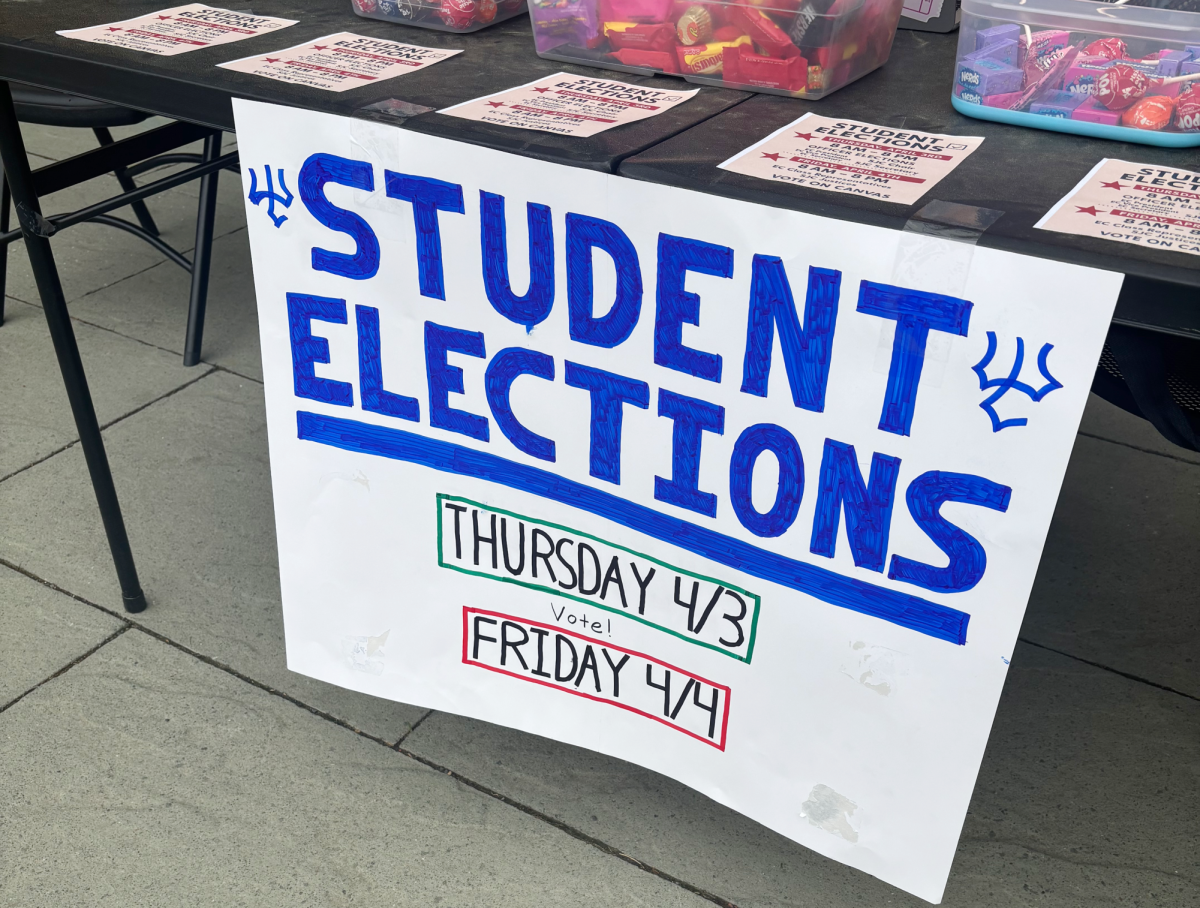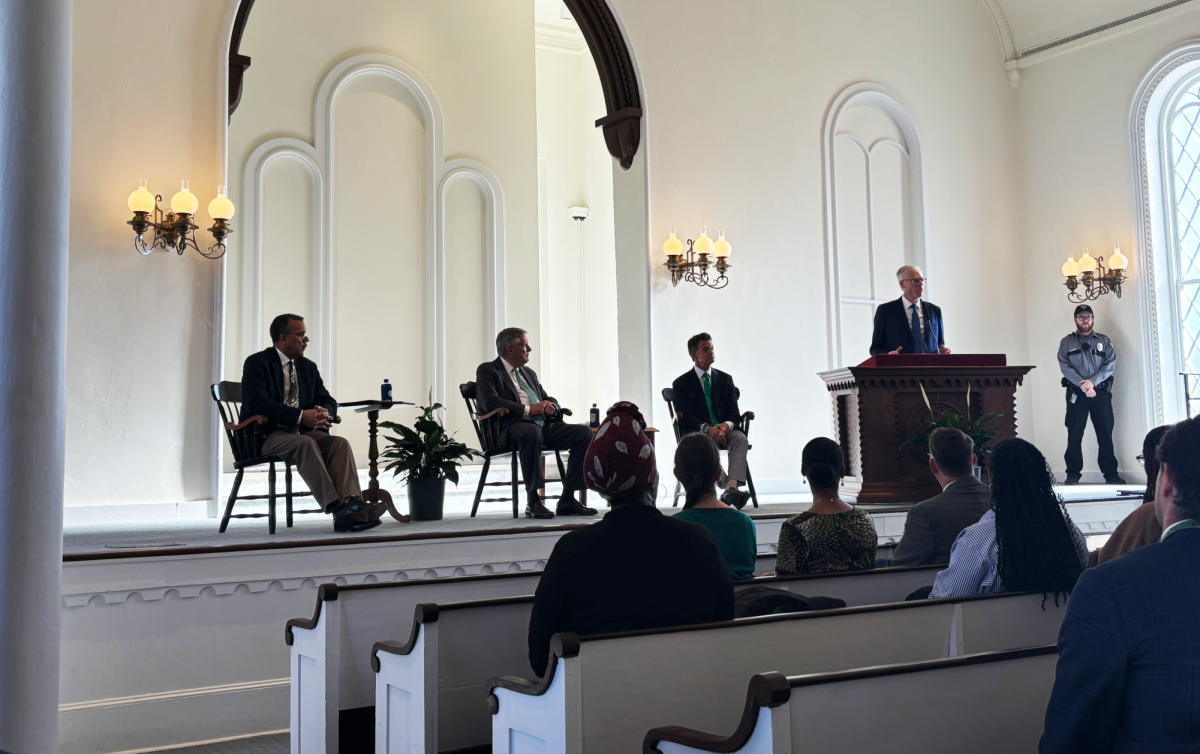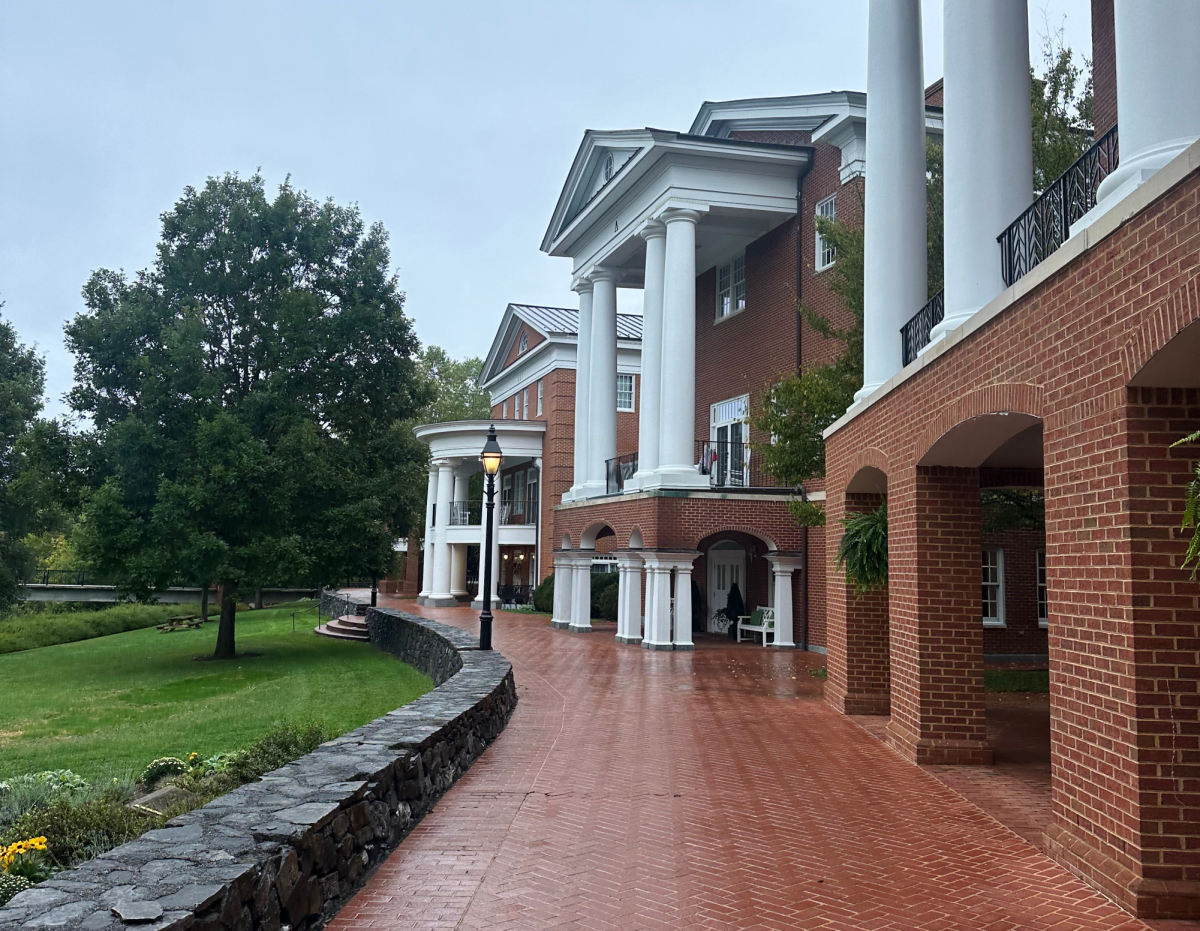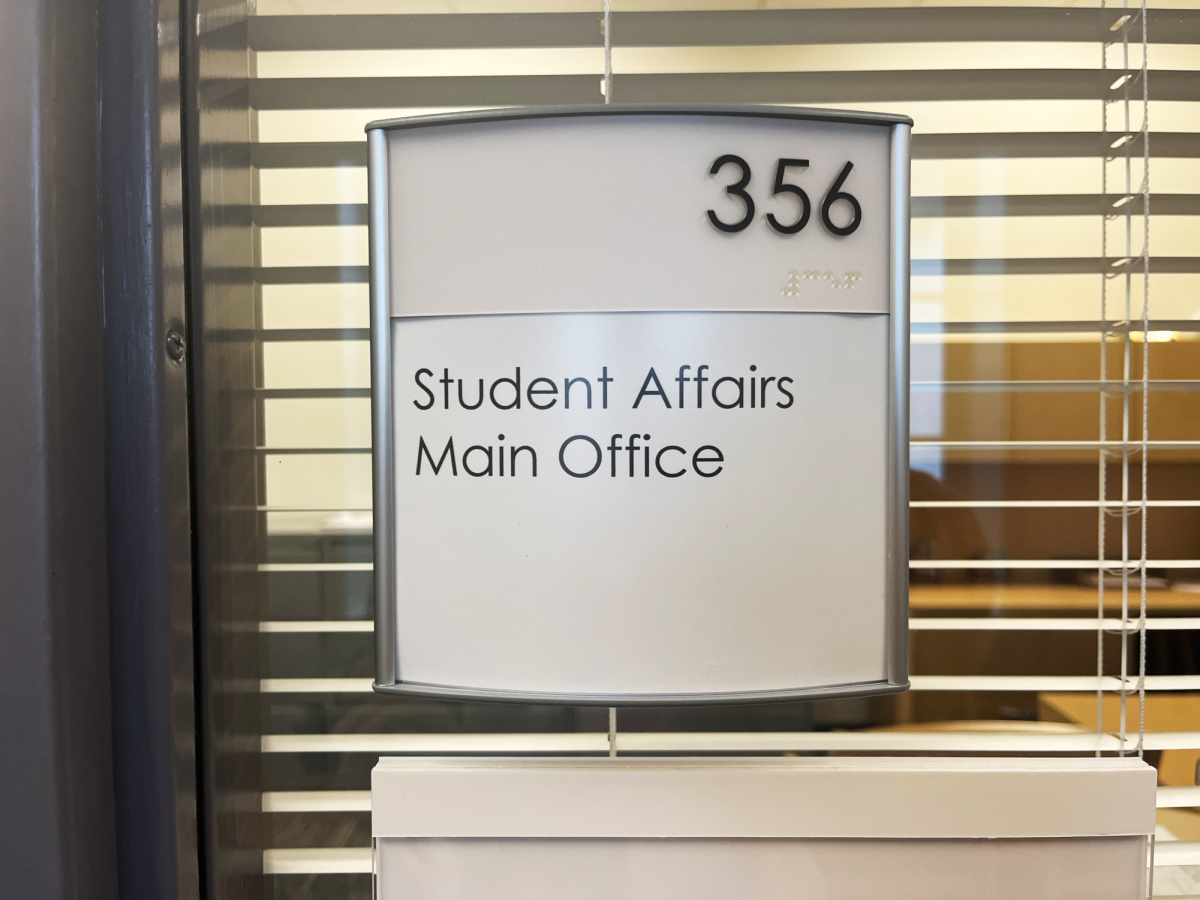Students will soon be able skip the line at Tea House as dining services rolls out a new mobile ordering program.
The Tea House will pilot the program from April 29 through the end of spring term, said Hannah Vozzo, assistant director of dining services and retail operations. The system will be adopted at Café 77, the E Café and Fireside at the start of fall term.
The hope of a more efficient dining experience comes at a time when students are concerned about how shorter passing periods will affect their routines next year.
“The point of this program is not to create more traffic in any specific location at any specific time, it’s to spread out the rushes,” Vozzo said.
Many Tea House employees, including Beatrix Suh, ’27, are optimistic that the new system will be “a lot more efficient.” Fewer workers will be needed at the register and they will be free to help with making drinks. The normal rush of customers between classes will also be reduced if students place orders ahead of time.
But some worry that the convenience of ordering online will actually increase the total number of customers in any given passing period.
“There’s only so much we can do when we only have one espresso machine,” Carla Vela, ’27, a Tea House employee, said. “I’m scared that we’re going to get more people, who wouldn’t normally get in line, say, ‘Oh, let me just mobile order.’”
Washington and Lee will join a list of more than 200 universities that use the Transact Mobile Ordering app. Students can sign into their Washington and Lee account on the app to link their orders to their meal plan.
After they place an order and customize it as they wish, students can choose if they want to pay with a swipe, flex dollars or a credit card, Vozzo said. Faculty and staff can also order on the app and set payment preferences.
From there, the app will estimate what time the order will be ready and notify students when food is ready for pick-up, Vozzo said.
Vozzo said the app is “just a building block on top of what we already have for our registers and payment systems.” That means she’s not anticipating any changes to staffing or any additions of pick-up areas.
Hiccups with the new system should be avoided because of manager oversight, Vozzo said. The manager at each dining location will have a tablet that communicates with students’ apps in real time. That allows managers to send out updates when wait times increase, when ingredients go out of stock and more, Vozzo said.
Vozzo said it is unlikely for mobile ordering to ever extend to the Marketplace or Sorority Dining. Their menus, which change multiple times throughout the day, are too complex to incorporate into the app.
But at grab-and-go locations with fixed menus, the app should help workers and customers alike during the busiest times of the day, Vozzo said.
“If you’re getting out of class in 10 minutes, you’re going to pre-order your smoothie, and you’re not going to be one of those 45 people in line at E Café in your 10-minute class break,” Vozzo said. “Just like that, we spread out the traffic over 20 minutes instead of 10.”
But some professors worry that the ordering system could take students’ attention away from classes — especially if students have to wait for an order they assumed would be ready before class, or if they stop focusing in class to order their next meal.
Diego Millan, assistant professor of English, said the last five minutes of class are “often the most energetic” as students string together ideas discussed throughout the period. But he worries that dynamic will change.
“I already feel like I struggle with student attention because of our move to more digital formats,” Millan said. “Now the inclination to try to get a food order in during class will be huge, especially at those classes that are before a major meal.”
Professors also worry about what automation means for a college like Washington and Lee, where personal relationships and tight-knit communities are main pillars of campus culture.
According to Inside Higher Ed, automation is a growing factor of university dining services: nearly two dozen campuses have food delivery robots and even more have self-order kiosks.
Vozzo said those changes won’t happen here.
“That would just be taking away human interaction,” she said. “Yes, we want this convenience [of mobile ordering], because everyone is used to being able to have an app for everything. But we do still like the human interaction part — dining employees to guests — and I don’t think we want that to go away.”



